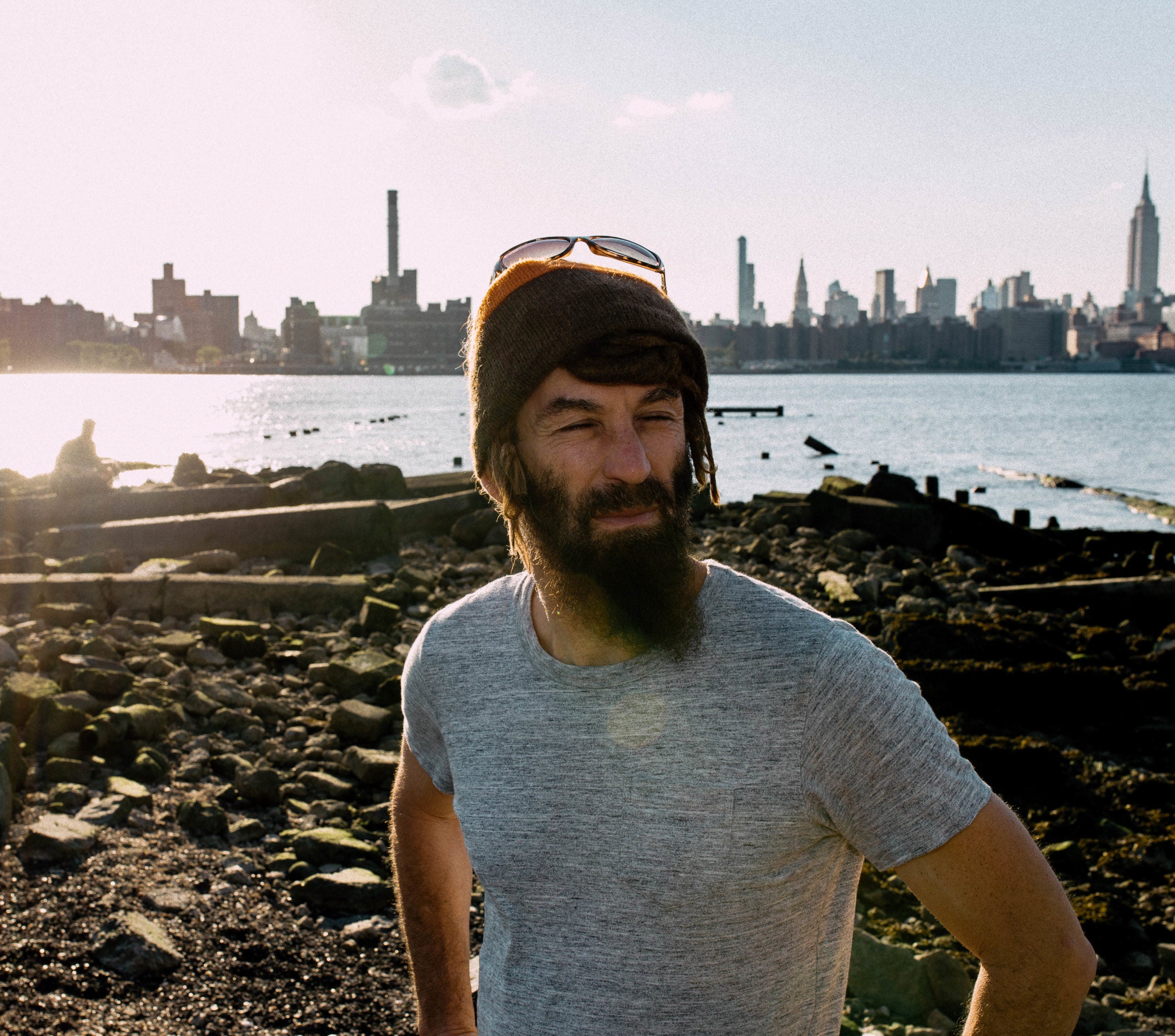“In 1985, I was indicted on smuggling charges. I ended up spending 14 years in a federal prison,” says 69-year-old Fleet Maull. “That became my 14 years of deep training.” Maull, founder of the nonprofit organization Prison Dharma Network, has one mission in life: To bring about structural change to America’s broken prison-industrial complex through the application of mindfulness meditation.
Although admittedly something of a cure-all du jour, a huge amount of research on mindfulness continues to be carried out in the field of neuroscience, particularly in regards to how mindfulness meditation can reprogram our brains, helping us to be more calm, present and less reactive. For the Prison Dharma Network, its value comes in teaching inmates how to manage and self-regulate their own physiology and emotions through meditation. Such Buddhist skills are taught as a way of taking a step back when dealing with confrontation, as well as having compassion and realizing moments of clarity.
“We’re not trying to fix people,” says Maull. “Underneath all the noise of all our conditioning, problems, cross-wiring and stuff from our lives, there’s this innate goodness. We’re helping people get in touch with that and having them begin to experience their own worthiness.”
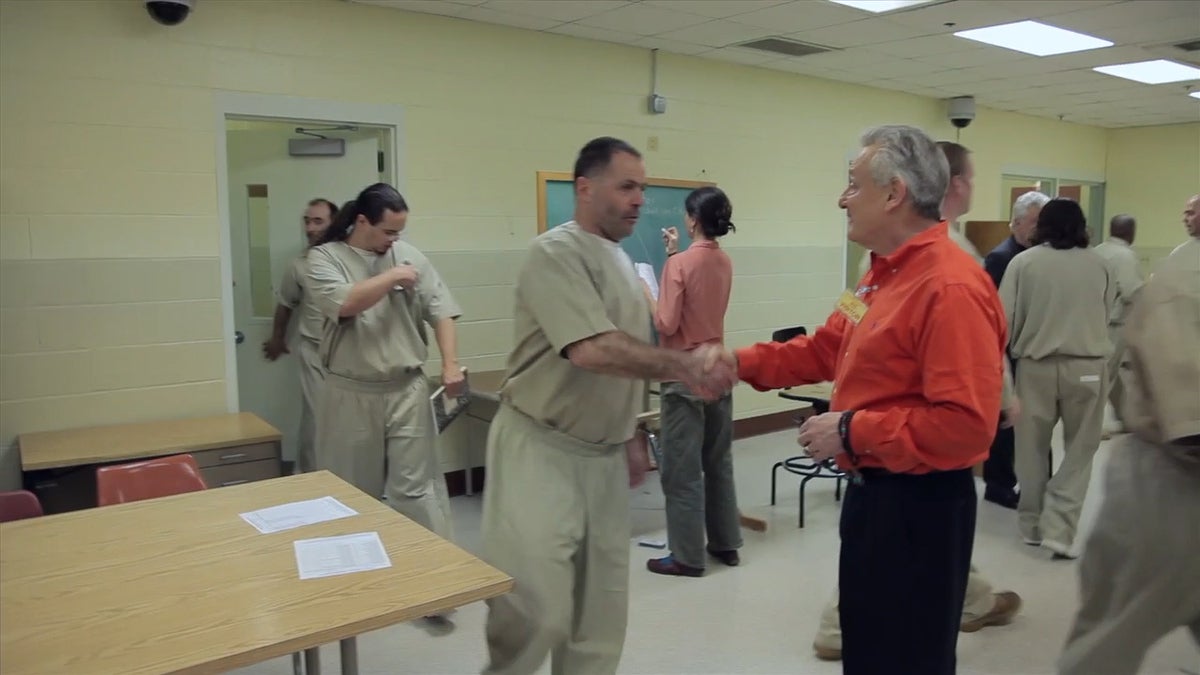
But it’s no easy task to teach calm, quiet and personal freedom in one of the most stressful environments known to humanity, and it’s Maull’s own origin story that best explains how he was able to become such an effective penitentiary meditation teacher and facilitator. Growing up in the Midwest during the early 1960s, Maull first stumbled into Buddhism and meditation back in high school. Then came the turmoil of the time; the assassinations of Martin Luther King and the Kennedys, along with a general distrust of the establishment. “I really became disillusioned with the world that was being presented to me as balanced,” says Maull.
Becoming politically and socially alienated during the height of Nixon’s America, Maull packed up his meditation books and headed to the mountains of Peru, where he lived as an expat while attempting to deepen his spiritual path. But his disillusionment with the American Dream eventually became an excuse he used to justify outlaw values, and he soon fell into drug smuggling as a way to, he told himself, “live outside the system.”
Eventually, Maull went back to the U.S. and got a master’s degree, but “once or twice a year, I’d disappear to South America and do a smuggling run.” He knew it was time to get out of the game, but the realization came too late, and when some smuggling cohorts got caught, “They decided to invite me to the party, so to speak.” Maull was accused of leading a drug ring that smuggled $24 million worth of cocaine from South America into the U.S. He was convicted and sentenced to 25 years in a maximum security federal prison hospital (which consisted of a general prison population, as well as inmates from other prisons sent there for medical treatment) in Springfield, Missouri.
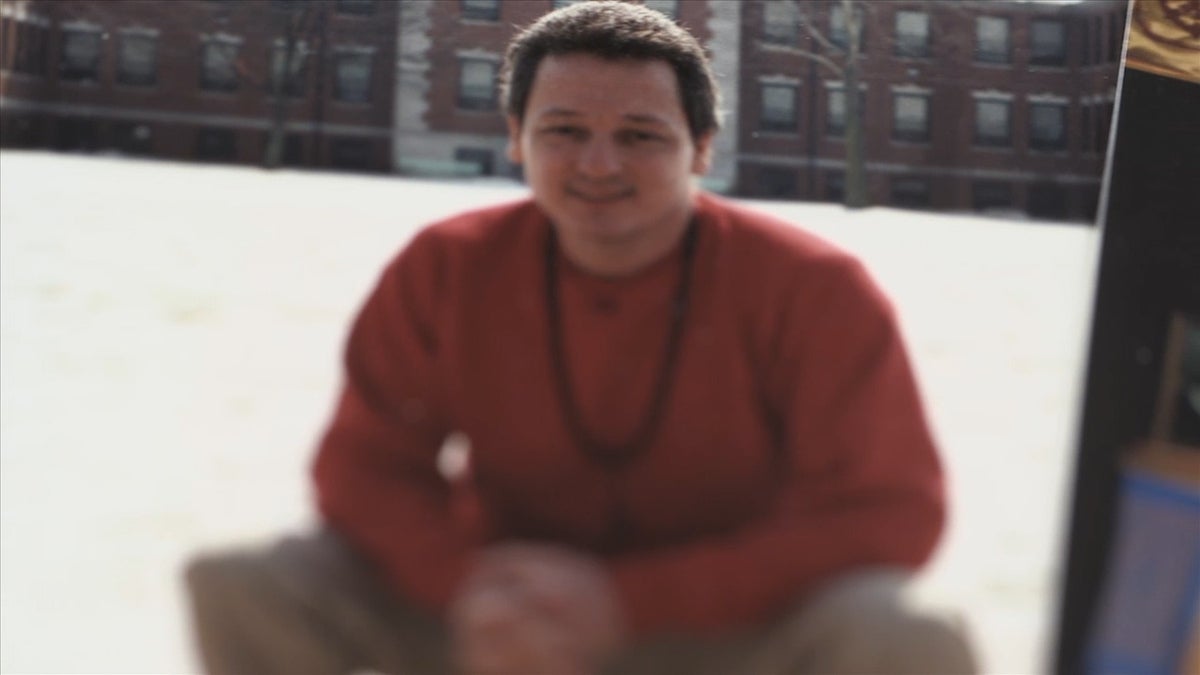
Maull served 14 years, and during this time, he managed to found two national organizations. In the mid-1980s — at the height of the AIDS crisis — Maull started the first prison hospice program, which became the catalyst for the National Prison Hospice Association, whose aim is to provide end-of-life care in more than 75 state and federal correctional facilities in the U.S. and around the world. He also started the Prison Dharma Network, which has since grown to become a national model for mindfulness meditation taught in prisons, and is increasingly viewed as a viable means of inmate rehabilitation.
None of this was easy. Maull recalls asking the prison chapel early on if they had any meditation programs, to which he was firmly told no. “I said, ‘Well, I’m trained as a meditation teacher, and I’d like to try to start a meditation group here.’ The curt response: ‘Well, inmates don’t start anything around here.’”
Again, this was the 1980s, long before the 2005 Supreme Court case that declared Buddhism had the same rights as any other mainstream religions in prisons. Still, Maull noticed that the prison chapel was empty during the afternoon, so he asked if he could use the space to meditate. “I could tell she was scratching her head, trying to come up with a reason to say ‘no,’ but couldn’t come up with one,” he says. So Maull started going to the chapel to meditate as a means to help him get through his prison sentence — basically, to feel free while in captivity.
Word soon got around and other inmates — also meditation practitioners — began to come down as well. “We started showing up at the chapel and pretty soon they got used to us, and kind of by osmosis became a group,” says Maull. “We met twice a week for those 14 years.” The prison’s population was very transitional, so throughout the years, newcomers would drop in. “I introduced several thousand people to meditation over that time,” says Maull.
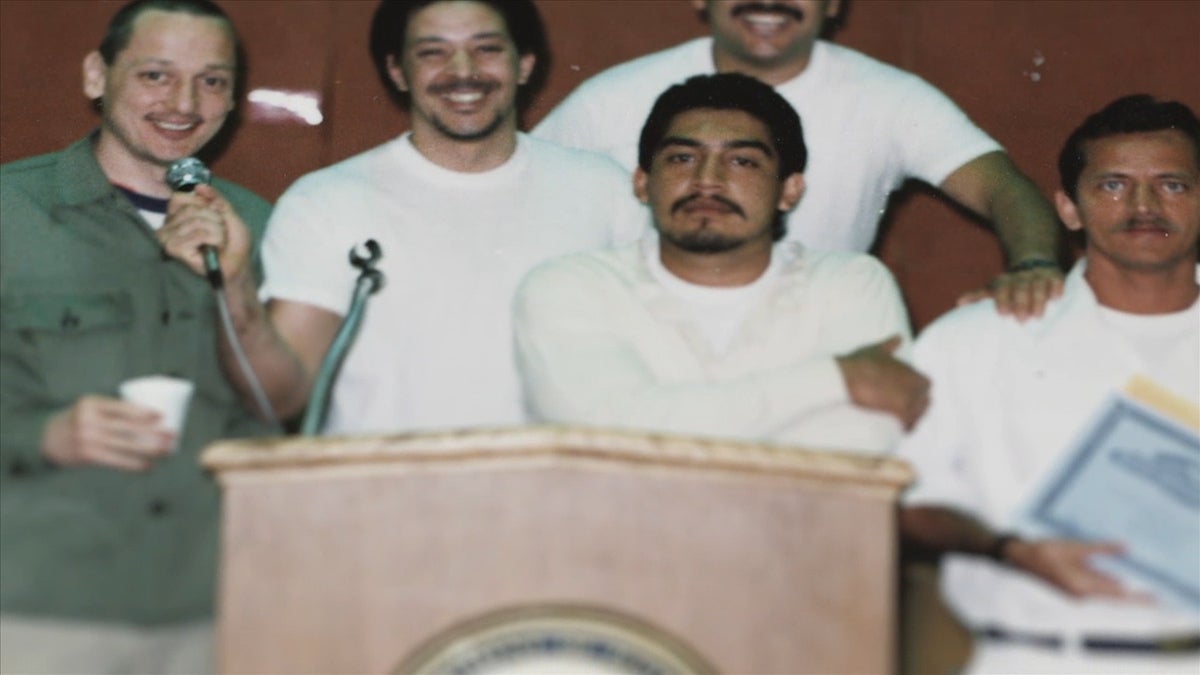
News of the sessions began to spread to other prisons, thanks to Maull writing meditation articles for various Buddhist journals. With organized Buddhist prison ministry basically nonexistent at the time, Maull started receiving letters and corresponding with prisoners at other facilities, essentially becoming Buddhist pen pals. “I wasn’t hiding what I was doing in prison,” he explains. “I was just waiting for them to come shut me down at some point. But they never said anything.”
As part of his outreach, Maull would photocopy articles from meditation journals and send them, along with a letter, to inmates at other prisons. A prisoner’s girlfriend on the outside acted as their Buddhist literature mail drop. “I always felt this tremendous sense of, almost bliss, doing that,” Maull remembers. “Because I knew how meaningful it would be for someone to get that in the mail.”
Eventually, Maull raised some money from friends and family and figured out how to become a 501c nonprofit organization, all from the confines of a jail cell. “I started Prison Dharma Network that way. I got out 21 years ago, and I’ve been doing that kind of work ever since.”
On the Outside
When released from federal prison in 1999, Maull moved to Boulder, Colorado, where he rented a tiny office to act as the headquarters for his national prison meditation program. The ironic crux: Once out of prison, he wanted to get back in — this time, as a teacher, rather than an inmate.
“A lot of ex-felons have trouble getting into prisons,” says Maull, explaining that it’s a matter of institutional policy. Sometimes, it takes up to five years, but even though he was still on probation, within two years of being released, Maull managed to get himself back behind bars. “I suspect it may have had something to do with the work I did in prison and the two national organizations and movements that arose in part from that work,” he says. “But once I got in, I’d get invited to go somewhere else. So it kind of went from there. [Now] I’ve been in prisons all over the U.S. and around the world.”
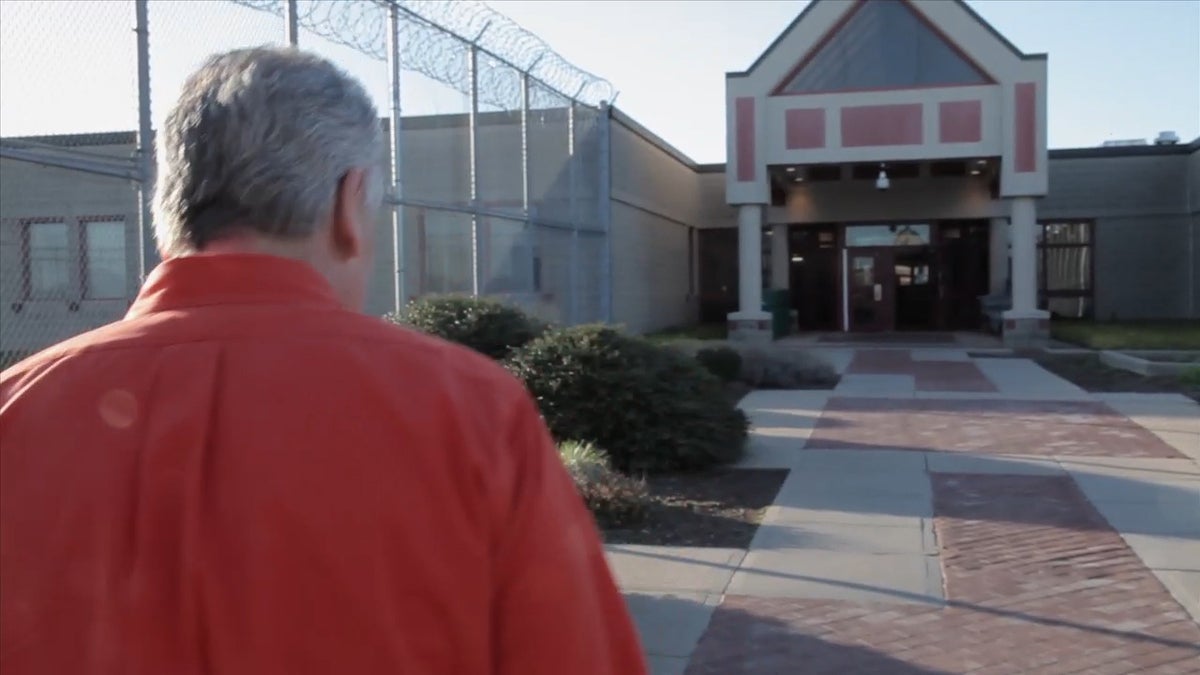
The first meditation program Maull taught was in the Boulder County Jail, followed by meditation programs at the Lookout Mountain Youth Services Center, a high security state juvenile facility. The first U.S. federal prison he taught at was the Federal Detention Center in Brooklyn. It took some time for things to start running smoothly, however: Mediation was still seen as something on the fringe, and prison chaplaincy was dominated by evangelicals and fundamentalists. As such, inmates who were in Christian groups were told they couldn’t attend meditation groups. “They had a lot of pushback to anything other than Christian groups for a long time,” says Maull. “They just wouldn’t cooperate. They’d cancel your session or forget to do the paperwork for your teacher that was supposed to come in.”
Jacques Verduin, founder of GRIP — Guiding Rage Into Power, a mindfulness-based program now serving 750 inmates in five different prisons — encountered similar pushback when he first started teaching meditation at San Quentin in 1996. “The joke was that it’s about as hard to get into San Quentin as it was to get out,” he tells me. “There’s a lot of good stories about how green we were when we first started. We thought, ‘Okay, have Dharma, will travel. These guys have time and maybe we could turn it into a monastery?’ That was on the naive side, quite a bit. But that’s changed radically. In those days, though, it wasn’t a given.”
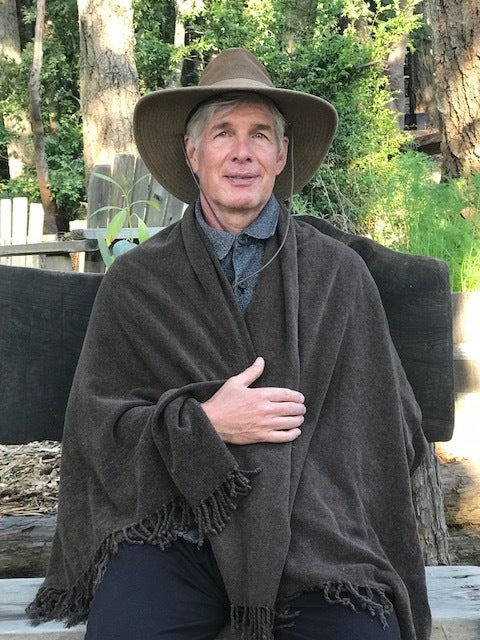
Verduin — who was trained by legendary Buddhist practitioner Jack Kornfield — soon realized that there was greater resistance from prisons if the “Buddhist” label was attached to the meditation program. “I remember we had to come up with different names, like ‘stress reduction’ and stuff like that, in order to make it fly,” he says. Volunteers would have to present it in a universal, secular way: “We’re not teaching Buddhism, we’re helping people meditate — it’s not faith-based.”
There was also pushback from the San Quentin inmates themselves at first, who were confrontational when presented with these unorthodox meditation teachers coming into their prison. When recalling the first encounter, Verduin describes the inmates sitting in a circle, staring him down, skeptically. “So what have you been using, man?” asked the first inmate to speak. Another inmate piped in: “You’re getting kind of uncomfortable…”
Verduin leveled with the group: “Actually, I am uncomfortable. It’s a new environment, and it’s kind of stressy. But if we can just come here once a week and be truthful about what’s uncomfortable to each other, that would be really great.” When inmates’ heads started nodding, Verduin knew he was in — by the seat of his pants. “If you can level with them, and be truthful, that works well in prison,” he continues.
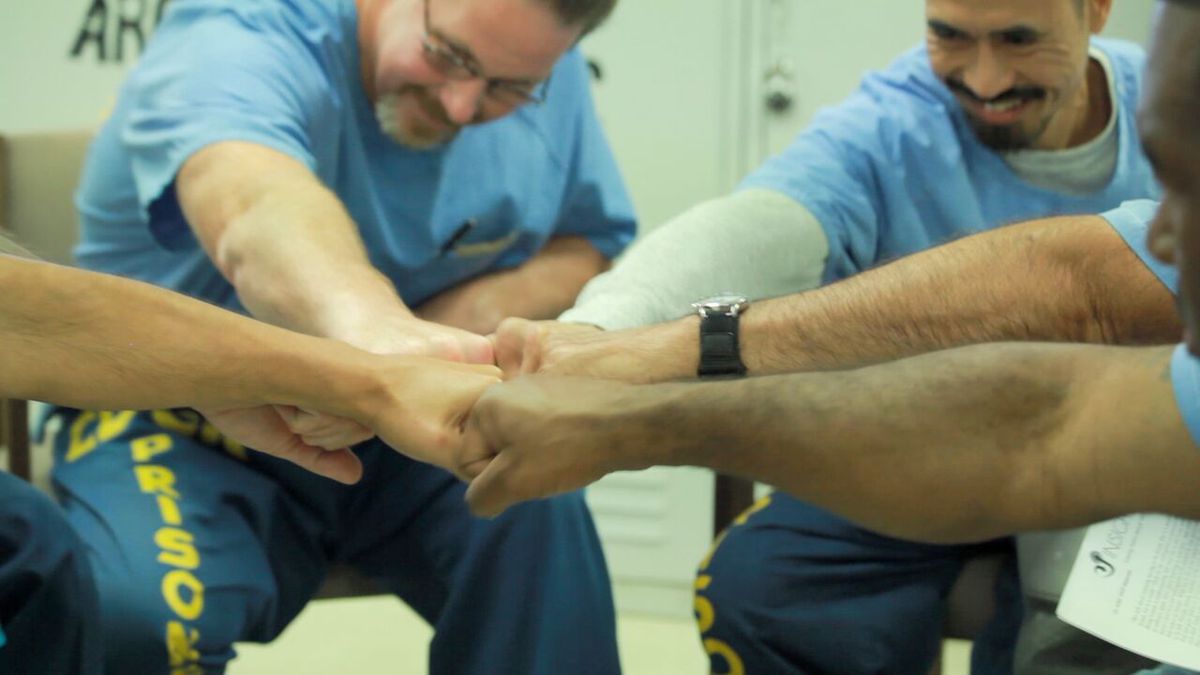
Peace of Mind
In its current form, the Prison Dharma Network program involves training inmates in basic mindfulness of body, breathing meditation, sitting meditation and some mindful movement (yoga, Tai Chi, qigong or mindful stretching). There’s also sitting in a circle and doing a dialogue exercise, such as the talking stick, where a stick is passed around the group and only the person holding it can speak.
“That’s kind of your classic prison program all over the country,” says Maull. In essence, the group teaches a form of secular Buddhism, focused on the meditation practice rather than the faith itself, in order to, as Maull puts it, “help [prisoners] experience it in their body, and feel something deeper, something more peaceful, something calming.”
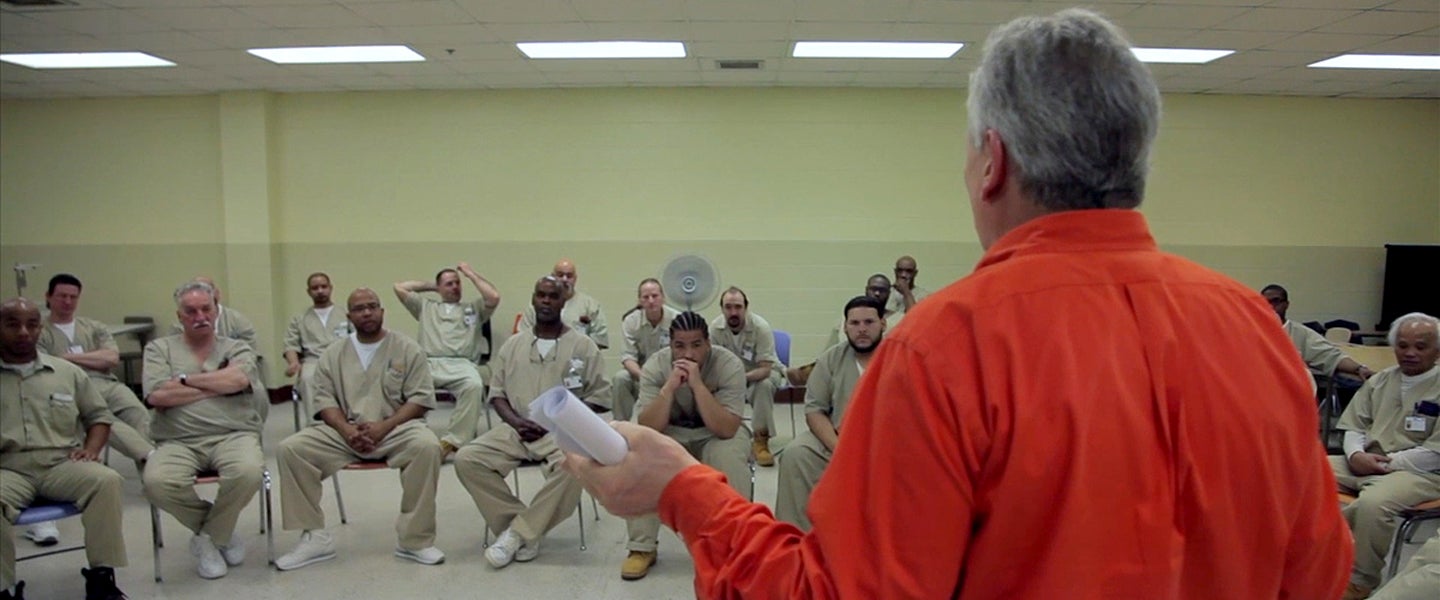
Maull tries to get two things across when he teaches meditation to inmates. Firstly, “I want them to know that I have tremendous empathy for their situation. I realize that the majority of people in prison come from really, really rough backgrounds and were in some ways almost programmed by their childhoods to end up in prison. I want them to know that I get all that. I don’t have to make a speech about it, but they get it because that’s who I am and that’s where I’m coming from.”
Second, Maull wants attendees to realize that the decisions they’re making (now and in the future) will determine the quality of their life in prison — and beyond. Following the Buddhist adage of being in the present, he tells them, “What you do right now is completely up to you.”
There are other advantages, too. In some prisons, inmates get “good time” — i.e., a few days off their sentence — for attending meditation groups. It also looks good to the parole board. Other times, they’re recommended to attend by their counselor or case manager because it’s seen as therapeutic. But most commonly, it’s word-of-mouth that gets inmates into the program. “Generally, it’s guys that are trying to do something with their life,” says Maull. “They’re looking for a better way; they’re looking to get out and stay out.” Although, he admits, “You may get guys who are still in the criminal game, and just doing this to play the system.”
Moreover, this is still a prison — an environment where people’s worst behaviors are always right under the surface. “We have everybody here — murderers, rapists, drug addicts. Everybody,” Roberta Richman, of the Rhode Island Department of Corrections, states in the 2016 documentary short Path of Freedom, which follows Maull as he conducts mindfulness meditation training for inmates at her prisons. “This is a tough guy world and we have to control all their movements and behavior, because that’s how you keep an institution safe for everybody who lives in it.”
As a result, the meditation sessions are sometimes held in rooms where there’s a lot of crazed noise — imagine trying to meditate and block out the world when there’s armed guards just mere feet away. “Most of the time, though, they’ll leave us alone,” says Verduin. “It looks pretty innocent; people sitting there with their eyes closed. So they know it usually doesn’t spark an alarm.”
Not to mention, having any moment of privacy during which an inmate can sit in a designated room with a calm mind and peacefully connect with their body and breath, is a huge contrast to what’s going on in the rest of a chaotic prison. “In some ways, it’s easier to (meditate) in prison, because prison is so chaotic and so noisy,” says Maull. “It might be harder to create that immediate contrast for somebody in a community than in somebody in prison. I try to teach it in a way to actually give them an experience of a sense of peace, of some kind or wellbeing, so that they go, ‘Oh, this actually works. Wow, that felt good.’”
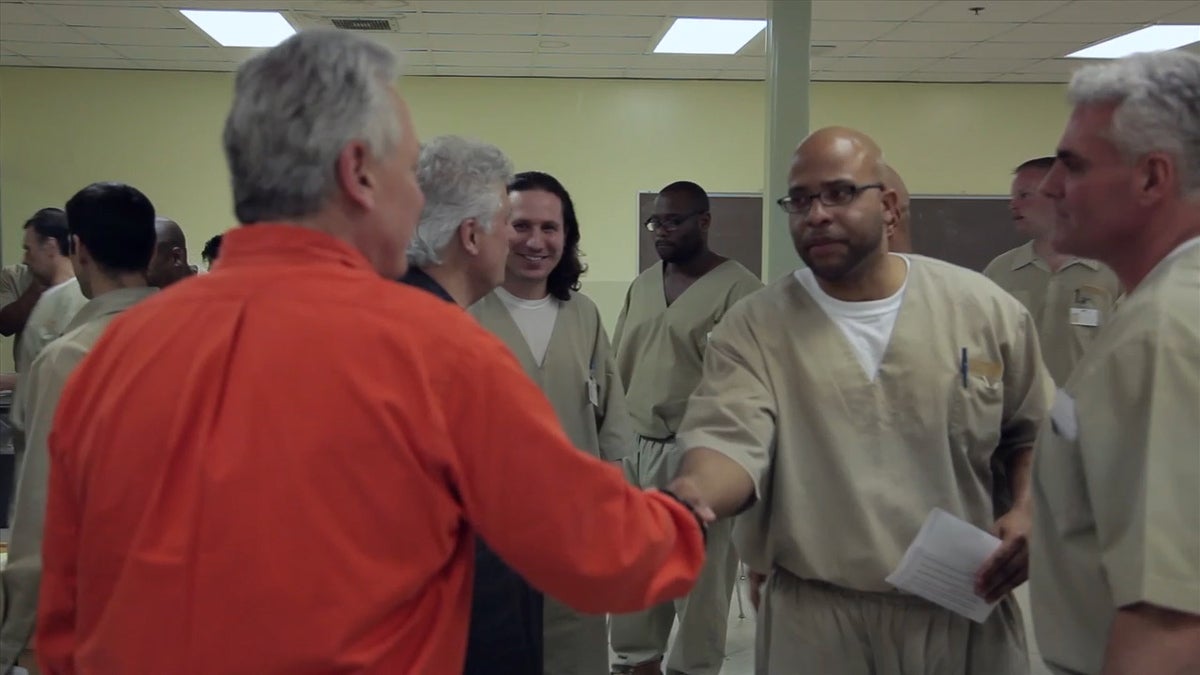
As shown by Path of Freedom, many inmates fully appreciate the work being done by Maull and his contemporaries. “Meditation, it has brought a new perspective,” states Juan Guzman, who’s serving a sentence for second-degree murder. “It gave me a tool to really look inside myself and change the way I am.” “[Meditation] helped me to deal with prison,” another inmate, Salaam Islam, who’s serving a life sentence for first-degree murder, tells the documentary team. “You can show others that this isn’t a place to breed a better criminal. This could actually be a place to breed a better person. You’re here because the way that you were didn’t work, so why not be better?”
Overall, the Prison Dharma Network is grounded in a firm conviction: that everyone, even incarcerated felons, have basic goodness and innate resilience. “We all suffer from a lot of negative core beliefs and insecurities in our conditioning [that] get in our way,” says Maull. “But as you could imagine, people in prison have that in spades. That’s where we’re really coming from, helping people find a way to make that shift into ownership for their own life — giving them the skills and the resilience to do that.”
Treatment of Staff, Too
There are currently 2.3 million people locked up in the U.S. That’s 0.7 percent of the population, or roughly one out of every 143 Americans, the highest incarceration rate in the world. “Do we want to save those lives, or do we want to discard them?” asks Richman in Paths of Freedom. “The people in prison are us. They’re not monsters. And more importantly, whether we want them to or not, they’re getting out. Do you want them to come out angrier, meaner and more dangerous than they were when they came in? Or do you want to do whatever you can to change their behavior while they’re here?”
Maull also sees a larger picture on the prison meditation horizon: “One of the big things for me, and about changing our criminal justice system, is to develop a current science-based approach to corrections and rehabilitation.” His broad suggested stroke, naturally, is bringing mindfulness meditation training to everyone who works inside correctional facilities, not just the inmates, in order to create a healthier system. “Prisons are toxic environments for everybody — not just the prisoners, but for the staff,” he warns. “A correctional officer who works more than 20 years at a medium to high security prison has a life expectancy of 59 years. That’s two decades less than the general population.”
As such, the Prison Dharma Network brings mindfulness-based emotional intelligence training to U.S. border patrol, judges, prosecutors, public defenders, community corrections professionals, treatment providers and just about anybody else working in prisons, reentry programs and the courts, too. In Oregon, in fact, they’ve trained around a third of the 4,500 personnel in the state correctional system. “They started reaching out for help,” Maull explains. “They’re dying from all the chronic stress-related ailments, all the physical ailments, as well as suicide.”
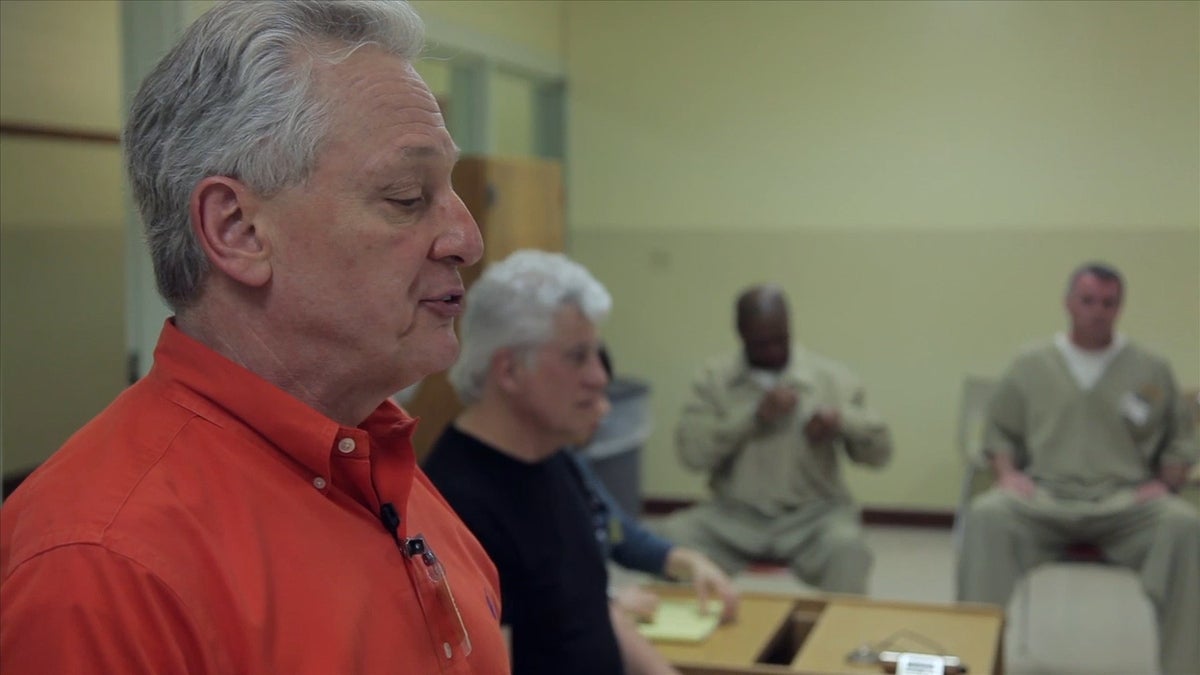
Recently, Maull made a presentation at a conference in Colorado for people involved with drug courts and alternative sentencing programs, in which he pointed out, “The current way that we approach criminal justice is based on pseudoscience, religion and really old ideas. The fact is, we know how to help people change, we just don’t do it.”
“Look into [prisoner’s] childhood,” he tells me. “It’s probably really obvious how they got to where they are, and nobody’s ever given them any training around how to self-manage or self-regulate,” says Maull. “If you focus on that instead of focusing on punishing, demonizing or shaming people, which is what we do, you’re going to get much different results.”
Success Stories
This year, roughly 700,000 people will return home from prison. It’s not an easy transition for anyone. “We’ve had some heartbreaking stories,” states Maull. “People who we thought were doing really well got out and ended up reoffending and getting themselves back in trouble.”
Even with a large support network of friends, Maull still found it tough his first year on the outside. He himself almost ended up back in prison once, simply because he slept through a phone call in the middle of the night from his parole officer. “Here I was, this ideal case of somebody being able to get out and make that transition. And I found it very challenging,” he says. “You think of prisoners with a lot fewer resources, less education, released back into a crime-infested neighborhood where they came from, the whole, you know, social mill — all the people they basically know are still in the game.”
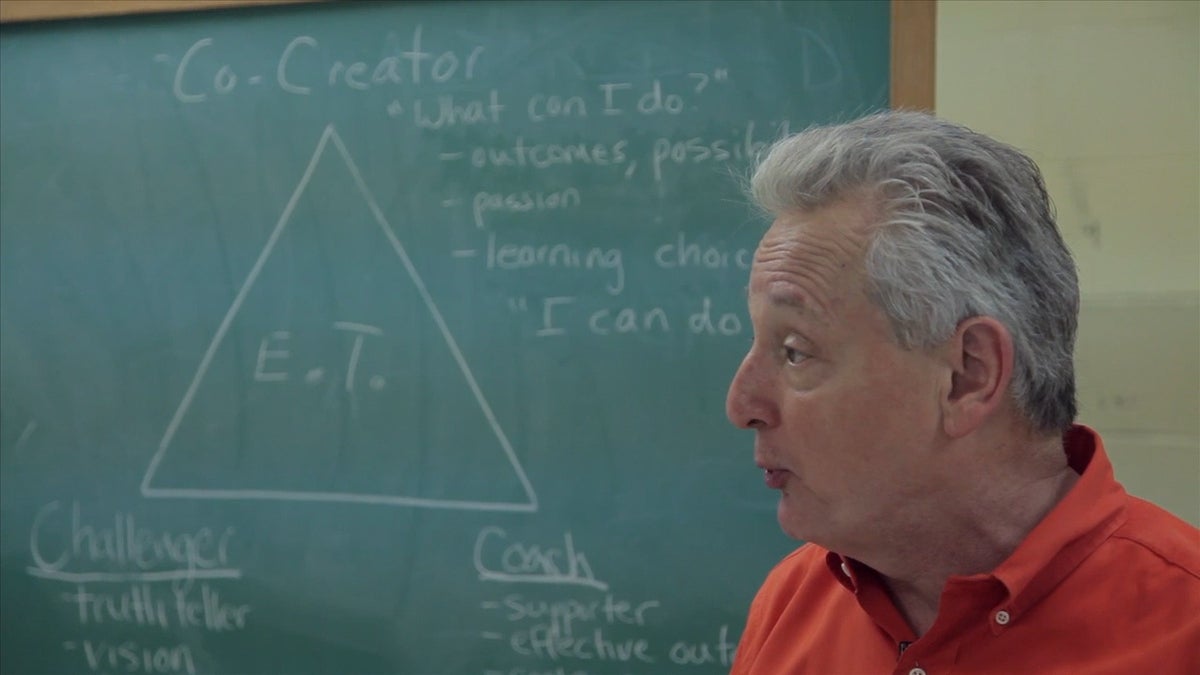
Still, there have been numerous success stories. Former inmates, once released, have become involved with various social service organizations. Some of them, like Maull, are even going back into the prisons to teach. Out of the inmates in Verduin’s GRIP program, “Almost 300 have come out by the parole board because the board likes the program. Only one has come back in eight years,” says Verduin. A man in Maull’s program went to film school once out, and years later, he won several Emmys as a successful animation producer for Nickelodeon. Another former inmate went to law school and is now an immigration attorney.
“I’m one of those success stories,” enthuses Maull. “Fourteen years meditating in prison and I came out a successful professional, who’s been outside doing a lot of good stuff in the world for 20 years. I’ve presented in places like Harvard. Who would have thought back then? Me being a convict in prison with a pretty heavy jacket, an international smuggler? I was pretty much at the bottom of the societal barrel.”
“But I was able to get out,” he adds, emphatically. “And do what I’ve done.”

